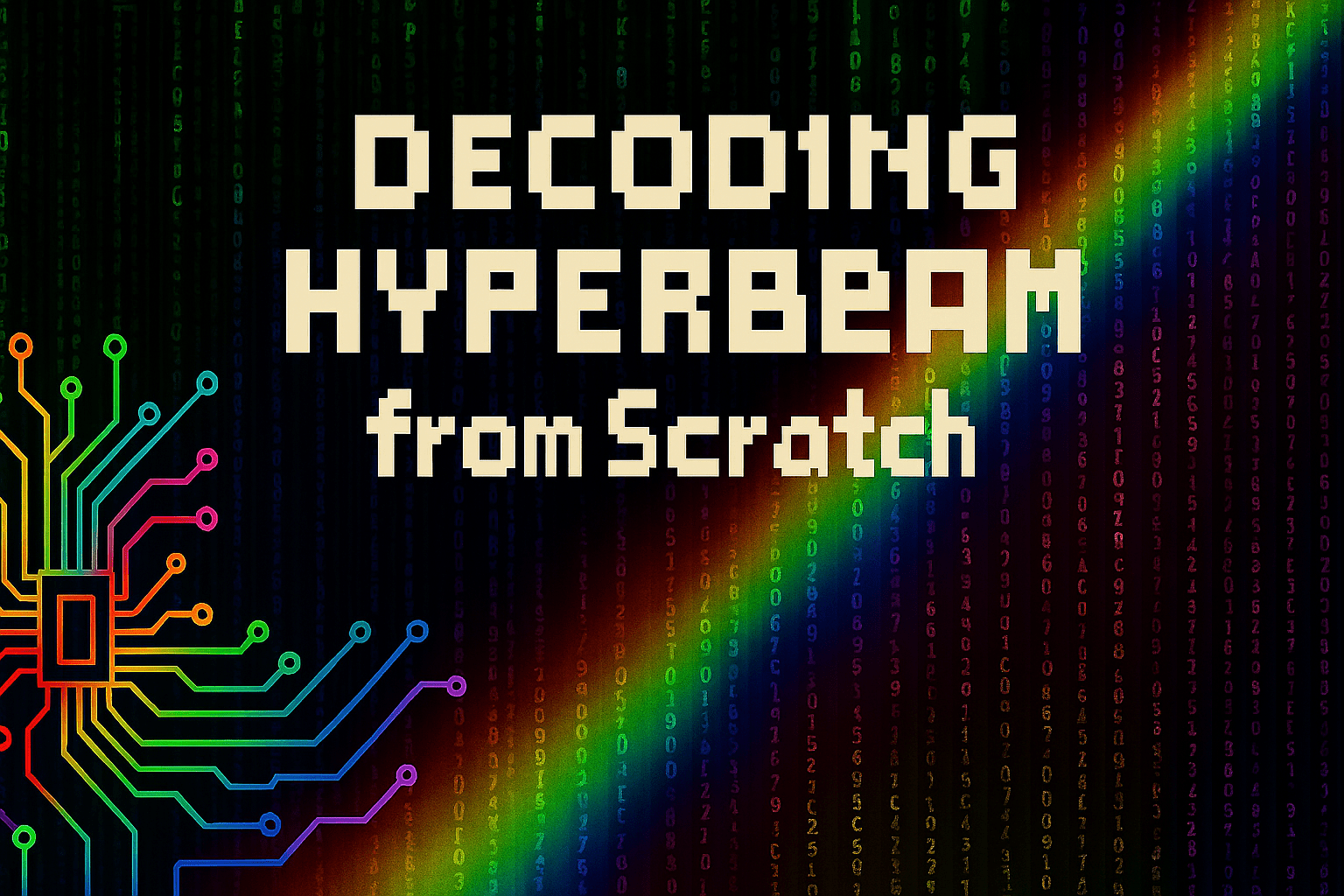HyperBEAM WAL

HyperBEAM & AO-Core
HyperBEAM is an Erlang implementation of the AO-Core protocol, which makes any computation step verifiable with hashpaths. You can think of it as a variant of the monadic pipline WeaveDB utilizes, but each AO-Core step generates a cryptographic proof.
With AO-Core, data is represented as a http message and each message generates an ID. The first message in a process becomes the original hashpath, and the current hash path and the id of the next message is concatenated and produces a new hashpath.
const hashpath = hash(current_hashpath) + "/" + id(next_msg)HyperBEAM includes a scheduler device (sequencer) that manages process execution and state computation. It stores messages in Arweave’s permanent storage, optionally accompanied by TEE attestations for trustless validation.
WeaveDB uses a KV store adaptor called WeaveKV, which bundles HTTP messages (queries) and submits them to a HyperBEAM node as an AO-Core process. This process functions as the Write-Ahead Log (WAL) layer.
Any node—including the WeaveDB rollup node itself—can replay the WAL from HyperBEAM to recover the full database state or verify its correctness. This provides a fully deterministic and cryptographically verifiable state transition history.
Importantly, WAL entries are not uploaded to Arweave, since they are only needed for short-term validation and recovery. Once data is validated, finalized, and compacted using ARJSON, only the minimal, compressed final state is stored permanently on Arweave. This design makes WeaveDB’s permanent storage layer extremely cost-effective while retaining full verifiability.
